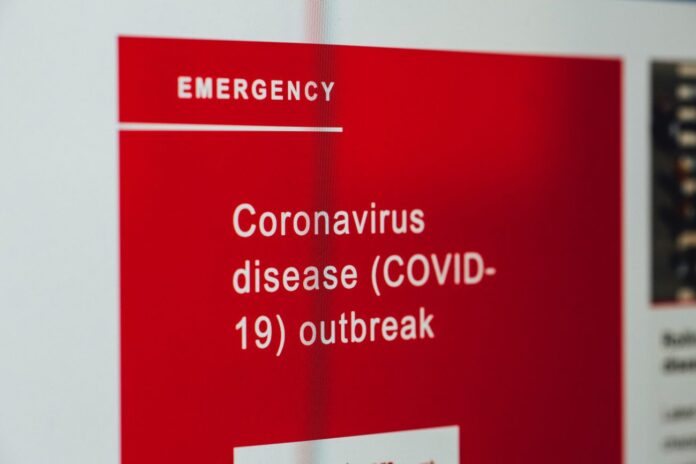As laboratories continue to deal with backlogs in COVID-19 testing, state health officials said they expect wait times for test results to decrease with the help of the University of Texas Rio Grande Valley.
A lab at the Edinburg campus of UTRGV began processing COVID-19 tests as early as April but — through a partnership with the state — testing there will help improve the turnaround time, according to officials with the Texas Department of State Health Services.
“We’re phenomenally improving our testing turnaround time,” said Dr. Elizabeth Cuevas, the health emergency preparedness and response manager for Public Health Region 11. “We’ve brought on UTRGV as a local lab and so, as of yesterday, all of the lab specimens that were collected from our mobile testing sites were delivered to UTRGV in Edinburg.”
That lab at UTRGV, according to Cuevas, has a turnaround time of approximately three to four days, which is an improvement from the approximately 10-day turnaround time they’re still experiencing with other labs that process tests for the mobile testing sites run by the Texas Division of Emergency Management and the Texas Military Department.
“We are still pending many test results from early to mid-May but we’re hopeful and optimistic that this new state partnership will help bring faster results for all those that are being tested here in the Valley and throughout the region,” Cuevas said.
Within the last three or four days, she added, they’ve seen “significantly decreased” wait times and said they may even start to see about a three-and-a-half day wait by sending specimens directly to UTRGV in Edinburg.
The cause of backlogs could, at first, be attributed to a shortage of supplies, such as vials and viral transport medium, which are used to stabilize viruses in order for them to be tested, according to Dr. Emilie Prot, regional medical director for Public Health Region 11.
But another possible setback could be, not the testing itself but, the process of reporting those test results.
“We’ve given over 700 samples to UTRGV, and so that’s a significant amount of samples. They have to run all of those 700 tests and then provide the results back,” Prot said. “To run the test, that is the easy part, the reporting part is what’s difficult.”
Currently they’re conducting mass testing in response to huge demand which Prot said laboratories and reporting systems were not necessarily equipped to handle.
Cuevas also noted the increase in testing was due to their goal in May to provide testing to rural and underserved areas after which they moved those testing sites to more populated areas and then began mass testing at nursing homes.
“Our two most populated counties with nursing homes would be Cameron and Hidalgo County so we’re seeing more testing there,” Cuevas said, “but the lab capacity is available at UTRGV locally through the state pool so I do not expect those results to be exceeding that four-day estimated turnaround.”
For people who are awaiting results, Prot strongly advised they stay at home until they receive word, especially if they are experiencing symptoms of COVID-19.
“If you’re symptomatic and you don’t even have a test, you should be staying home,” she added.
As of Friday evening, Hidalgo County reported 3,796 pending test results.
Additionally, they also reported 12 new confirmed cases of COVID-19, bringing the county’s total to 560 cases. Of those, 204 cases were active.
The county added that 20 people were hospitalized with complications related to the coronavirus disease.
Cameron County reported another death related to COVID-19 on Friday — that of a 70-year-old Los Fresnos man who had previously tested positive.
That raised the total number of deaths in Cameron to 36, and the 11 new confirmed cases also announced brought the total number of those to 754. Out of those, only 202 cases were active.
There are also 16 cases in Willacy County and 33 in Starr County, as of press time.
Throughout the entire Rio Grande Valley, as of Friday morning, DSHS reported there were 1,339 confirmed cases of COVID-19 and 46 deaths tied to the disease, according to Alberto Perez, incident commander for DSHS.
There were a total of 35 COVID-related hospitalizations in the RGV, Perez said, adding that within the previous 24 hours, there were 65 COVID-19 patients presenting to an emergency room and three such patients admitted to an intensive care unit.
He also reported there were 57 intensive care unit beds available, 235 adult beds available with 75 in use, 132 emergency room beds, 27 negative pressure rooms and 337 med surg beds available in the Valley.





